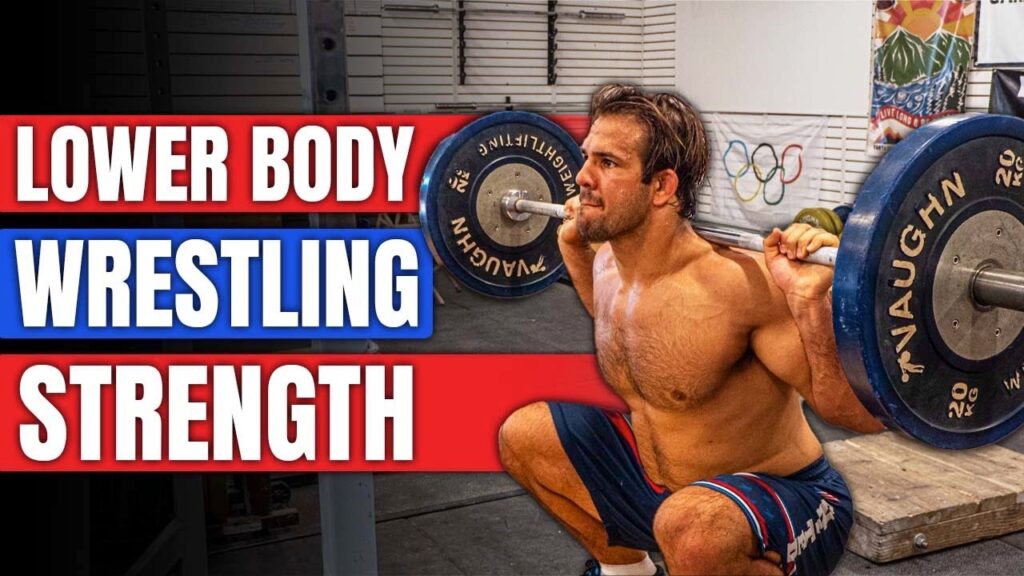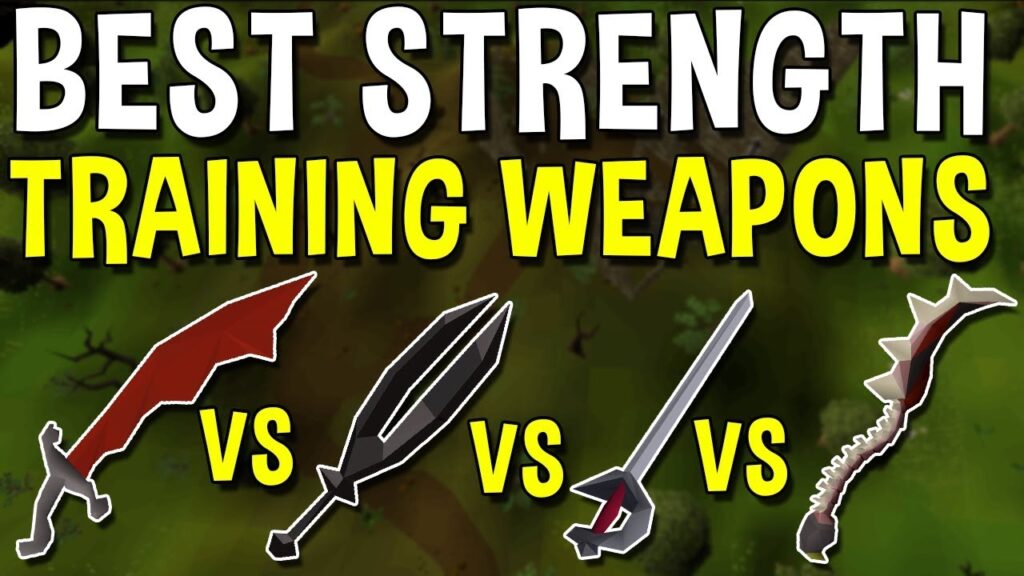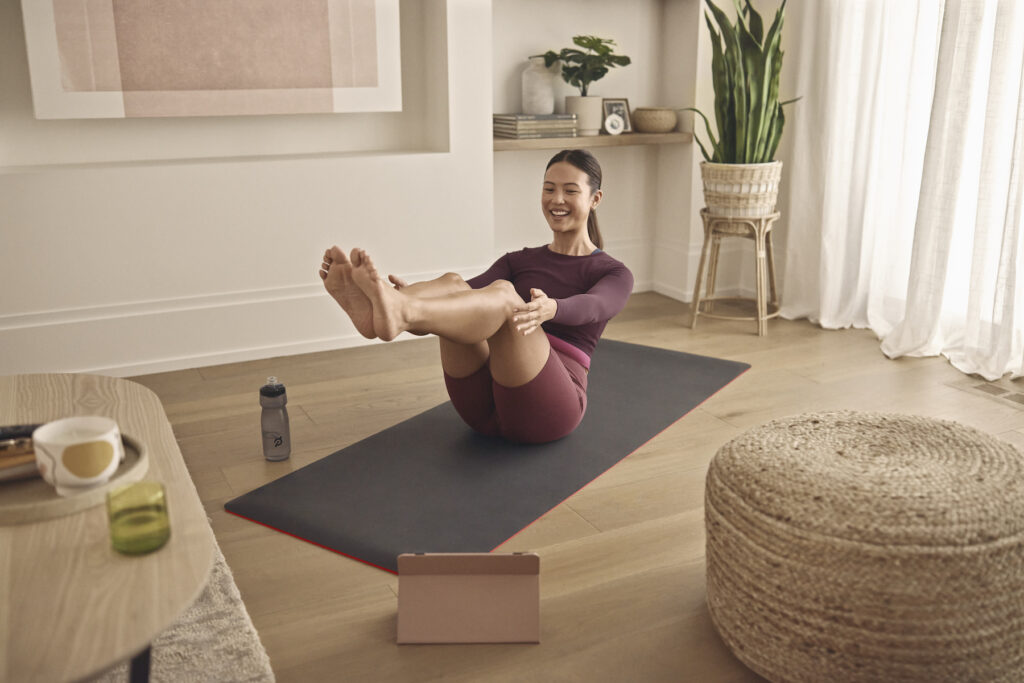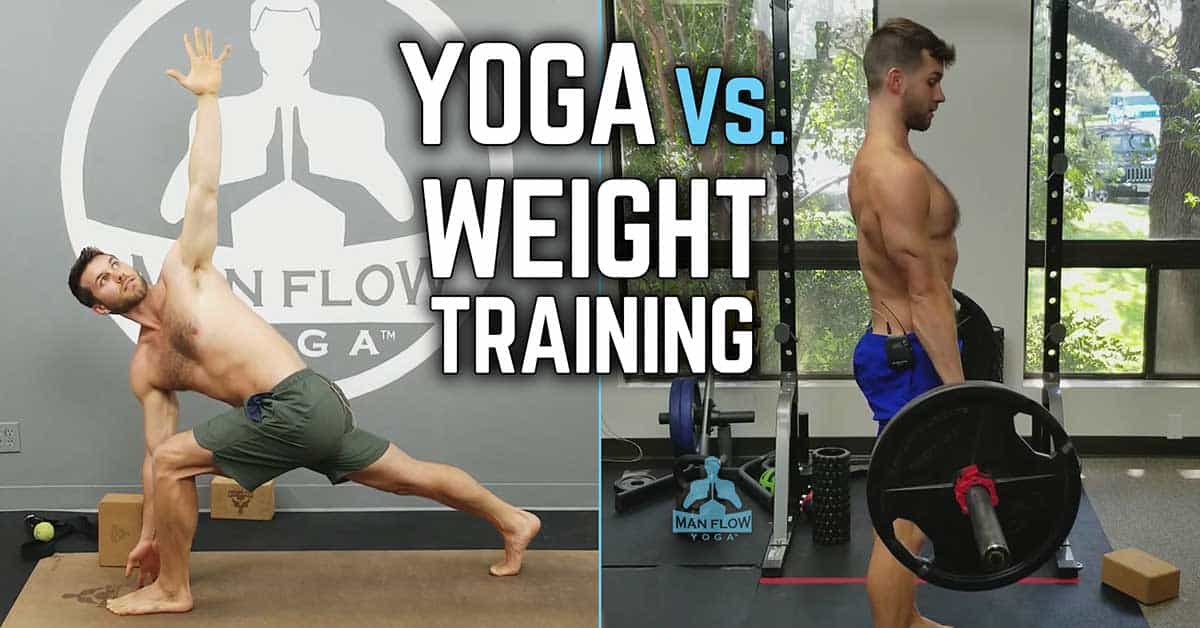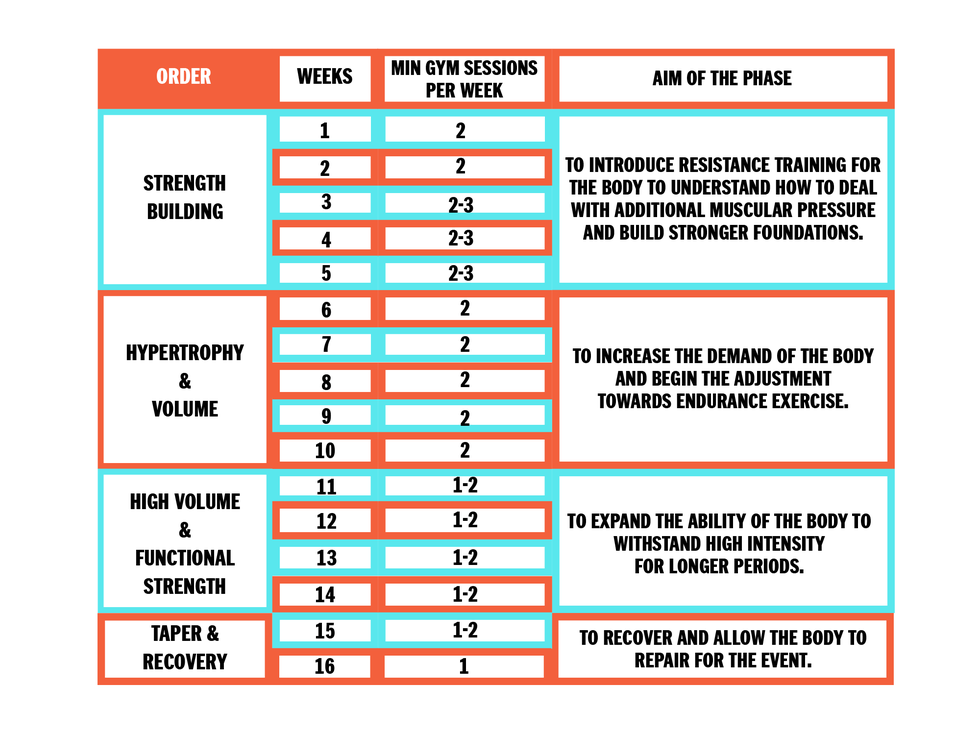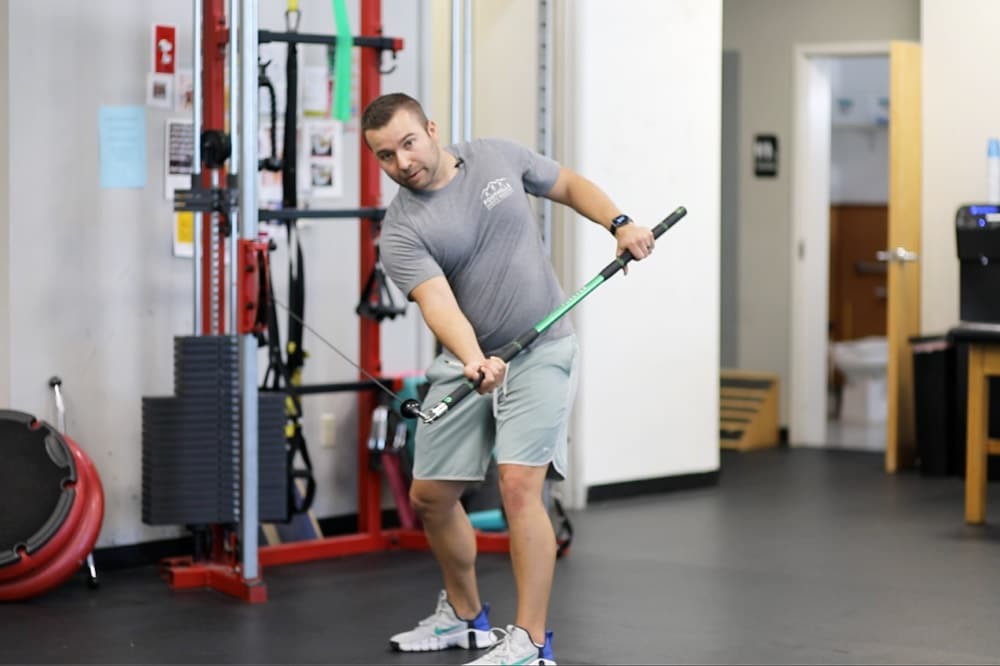Basketball strength training enhances player performance and reduces injury risk. It focuses on building power, agility, and endurance.
Basketball demands a high level of physical fitness, requiring players to be quick, agile, and powerful. Strength training is essential for basketball players to improve their performance on the court. It involves exercises that target major muscle groups, particularly the legs, core, and upper body.
Squats, deadlifts, and bench presses are fundamental exercises. Strength training not only boosts muscle power but also enhances endurance and reduces the likelihood of injuries. A well-rounded strength training program can make a significant difference in a player’s game, leading to better performance and fewer setbacks. Consistency and proper technique are crucial for achieving optimal results.
Introduction To Basketball Strength Training
Physical conditioning is key for basketball players. It helps them perform better on the court. Being strong can prevent injuries. Players need to be quick and agile. Strength training improves these skills. Endurance is also important. It helps players last through the game. Strong muscles support fast movements. This gives players an edge over opponents.
Strength training boosts power and speed. It helps players jump higher. This is crucial for scoring. Strong legs help with quick direction changes. Upper body strength aids in shooting. Core strength improves balance. Players also gain better coordination. Overall, strength training makes players more versatile.
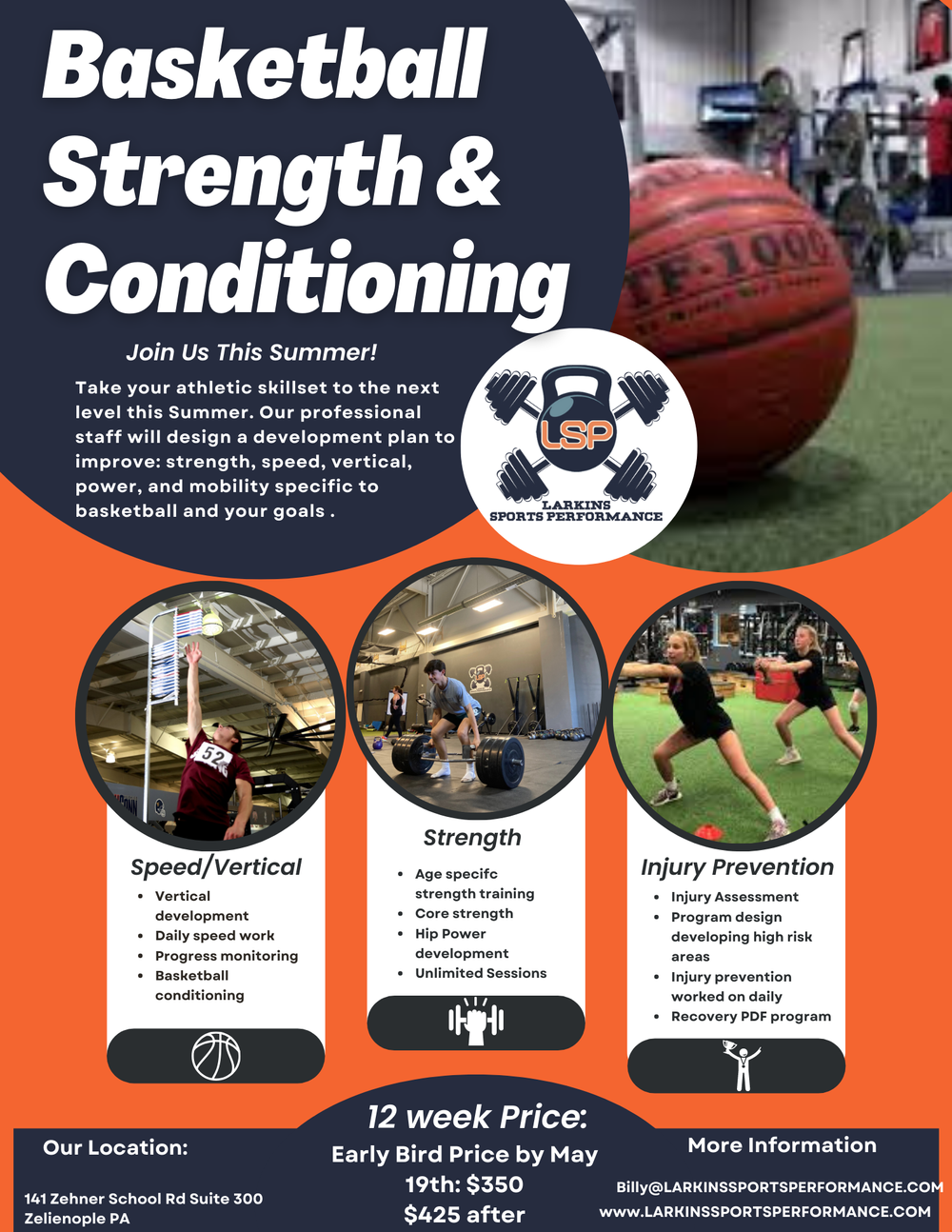
Credit: larkinssportsperformance.com
Key Muscle Groups For Basketball Players
Strong legs are essential for basketball players. Squats and lunges help build leg muscles. These exercises improve jumping and running speed. The quadriceps and hamstrings are key muscles to focus on.
Upper body strength helps with shooting and passing. Push-ups and bench presses are great for this. They work the chest, shoulders, and arms. Strong arms help in defense and offense.
A strong core improves balance and stability. Planks and sit-ups target the core muscles. Core strength helps in quick movements. It also reduces the risk of injuries.
Fundamentals Of A Basketball Strength Program
A good basketball strength program needs balance. Players must be strong and flexible. Strength helps in powerful movements. Flexibility helps in quick changes. Both are equally important for success. Training should include lifting weights and stretching exercises. This ensures players do not get injured. Strong muscles help in defense and offense. Flexible muscles help in speed and agility.
Periodization is important in training. It divides the year into phases. Each phase has a specific goal. One phase might focus on building strength. Another phase might focus on maintaining strength. Timing of each phase is crucial. Training too hard for too long can cause burnout. Proper rest is also part of periodization. This helps in recovery and growth. Following a structured plan ensures consistent progress.
:max_bytes(150000):strip_icc()/zhansen_general-weight-training-program-for-basketball-3498746_color-1945bef26bac490498d482605aebd7d5.jpg)
Credit: www.verywellfit.com
Essential Strength Exercises For Hoops
Squats help build strong legs. They improve jumping power and stability. Players can stay strong during games. Perform squats with proper form. Use weights to increase difficulty.
Deadlifts strengthen the back and legs. They help with explosive movements. Good form is crucial to avoid injury. Start with light weights and increase slowly.
Plyometric drills boost quickness and agility. Box jumps are a popular choice. They improve vertical leaps. Jump rope helps foot speed. Ladder drills enhance coordination. These drills are fun and effective.
Push exercises build chest and shoulder strength. Push-ups are simple and effective. Bench press adds more challenge. Dips strengthen triceps and chest.
Pull exercises target the back and biceps. Pull-ups are great for upper body strength. Rows improve back muscles. Use dumbbells or a barbell for rows.
Injury Prevention Through Strength Training
Basketball players often get injured. Ankle sprains are very common. Knee injuries also happen a lot. Shoulder injuries can be a problem too. These injuries can keep players off the court.
Strength training helps prevent injuries. Squats and lunges make legs stronger. Core exercises protect the back. Stretching keeps muscles flexible. Balance exercises help with stability. Players should warm up before games. Cooling down after games is important too.
Integrating Cardio With Strength Work
Basketball strength training incorporates cardio exercises to enhance endurance, agility, and overall performance on the court. Combining these workouts boosts stamina and builds muscle, essential for competitive play.
Aerobic Vs. Anaerobic Training
Aerobic training helps build endurance. It includes activities like running or swimming. This type of training is important for long games. Anaerobic training focuses on short bursts of energy. It includes exercises like sprints or high-intensity drills. Basketball players need both types of training. Aerobic exercises keep players going longer. Anaerobic exercises help with quick movements and jumps.
Designing A Balanced Workout Plan
A balanced workout plan should mix cardio and strength work. Here is a simple plan:
| Day | Activity |
|---|---|
| Monday | 30 minutes running, upper body strength training |
| Tuesday | Rest or light stretching |
| Wednesday | 20 minutes sprints, lower body strength training |
| Thursday | Rest or yoga |
| Friday | 30 minutes swimming, full body strength training |
Nutrition And Recovery For Optimal Performance
Athletes need a balanced diet for peak performance. Proteins help build and repair muscles. Carbohydrates provide energy for intense workouts. Healthy fats are important for overall health. Vitamins and minerals support bodily functions. Water keeps the body hydrated.
Rest is crucial for muscle recovery. Stretching helps reduce muscle stiffness. Ice baths can reduce inflammation. Massage therapy eases muscle tension. Sleep is vital for recovery. Nutrition plays a big role. Protein shakes help repair muscles. Carbohydrates refill energy stores. Hydration aids in recovery. Active recovery involves light exercise. Compression garments can reduce muscle soreness.
Advanced Training Techniques
Olympic lifting helps basketball players jump higher. It builds strong muscles quickly. Use clean and jerk exercises. These movements increase power. Focus on proper form to avoid injury.
Resistance bands make muscles work harder. They are great for strength training. Bands add extra resistance. This helps improve muscle strength. Bands are also easy to carry anywhere.
Agility drills improve quick movements. Use ladder drills to enhance footwork. Cone drills help with direction changes. Drills should mimic game situations. Practice often for the best results.
Monitoring Progress And Adjusting Your Regimen
Track your progress regularly and tweak your basketball strength training regimen for optimal results. Tailoring exercises ensures continuous improvement and peak performance on the court.
Tracking Strength Gains
Keeping a journal helps track strength gains. Write down the weights you lift each week. Also, note the number of sets and reps. Compare your notes after a few weeks. Progress shows you are getting stronger. If the weights feel lighter, it means you are improving. If not, you might need to change your routine.
When To Modify Your Routine
Change your routine every 4-6 weeks. This prevents your muscles from getting used to the exercises. Switch exercises if you hit a plateau. Add more weight if the current weight feels easy. You can also add more sets or reps. This keeps your muscles challenged. Variety in your training helps you stay motivated and gain strength.

Credit: www.amazon.com
Case Studies: Strength Training Success Stories
Professional basketball players follow strict strength training routines. These routines help them stay in top shape. Many players lift weights three times a week. They also focus on core strength and agility drills. This helps them perform better on the court. Having a strong core helps them balance and move quickly. Agility drills make them faster and more responsive. Strength training helps prevent injuries too. Players often work with personal trainers. These trainers customize workouts for their needs. Every player has a unique regimen.
Transitioning from college to professional basketball is challenging. Young athletes must adapt to a higher level of play. Many college players ramp up their strength training during this time. They aim to build more muscle and improve endurance. This helps them compete with stronger, more experienced players. College coaches often emphasize the importance of a solid training routine. Players who stick to their regimen often succeed. They find the transition smoother and less stressful. Many former college players credit their strength training for their professional success.
Supplemental Tools And Resources
Smartphones and tablets offer many training apps. These can help track your progress. Some apps offer customized workouts. They can also give real-time feedback. Devices like fitness trackers monitor your heart rate and steps. This data helps you understand your performance. Virtual coaches can guide you through routines. Video analysis tools can review your game footage. This helps identify areas for improvement.
Many books and guides cover basketball strength training. They offer detailed exercises and training plans. Some guides focus on nutrition and recovery. These elements are key for overall performance. Online forums and blogs provide real-life tips and experiences. These resources can inspire and motivate you. Professional trainers often share their knowledge in these guides. This ensures you’re following best practices.
Conclusion: Taking Your Game To The Next Level
Elevate your basketball performance with targeted strength training. Boost power, agility, and endurance on the court. Transform your game through consistent, focused workouts.
Consistency And Dedication
Strength training needs consistent effort. Dedication helps you achieve long-term goals. Regular workouts build stronger muscles. Strong muscles improve basketball performance. Practice and commitment ensure success. Stay focused and motivated every day.
Long-term Benefits Of Strength Training
Strength training offers many long-term benefits. It reduces injury risks. Your body becomes more resilient. Training also boosts stamina and endurance. Better strength means better performance. You will jump higher and run faster. Your skills will improve over time. Keep training to see these benefits.
Frequently Asked Questions
How Should Basketball Players Strength Train?
Basketball players should focus on compound exercises like squats, deadlifts, and bench presses. Incorporate plyometrics and agility drills. Train with moderate to heavy weights, 3-4 times weekly. Maintain proper form and balance strength training with skill development and conditioning.
How Many Days A Week Should A Basketball Player Lift?
Basketball players should lift weights 2-3 times a week. This schedule helps build strength without overtraining.
How To Get Strong In Basketball?
To get strong in basketball, focus on strength training, practice daily, eat a balanced diet, and get adequate rest.
How Many Reps Should A Basketball Player Do?
Basketball players should aim for 8-12 reps per set for strength training. This range helps build muscle and endurance.
What Is Basketball Strength Training?
Basketball strength training enhances muscle power, agility, and endurance for better on-court performance and injury prevention.
Why Is Strength Training Important For Basketball?
It improves athletic performance, reduces injury risk, and enhances endurance, agility, and power needed for basketball activities.
Which Muscles Are Targeted In Basketball Training?
Focus on legs, core, and upper body muscles to enhance jumping, shooting, and defensive capabilities.
How Often Should You Do Basketball Strength Training?
Train 3-4 times per week, allowing rest days for muscle recovery and growth.
What Exercises Are Best For Basketball Players?
Squats, lunges, deadlifts, bench presses, and plyometric exercises improve strength, power, and agility.
Can Strength Training Improve Basketball Shooting?
Yes, it enhances upper body strength and stability, improving shooting accuracy and consistency.
Conclusion
Strength training is crucial for basketball players seeking peak performance. It enhances power, agility, and endurance on the court. Incorporate these exercises into your routine to see significant improvements. Stay consistent and committed to your training. Elevate your game and dominate the competition with a strong, resilient body.


